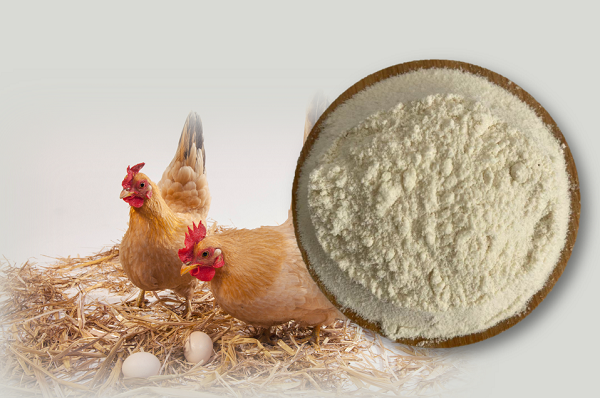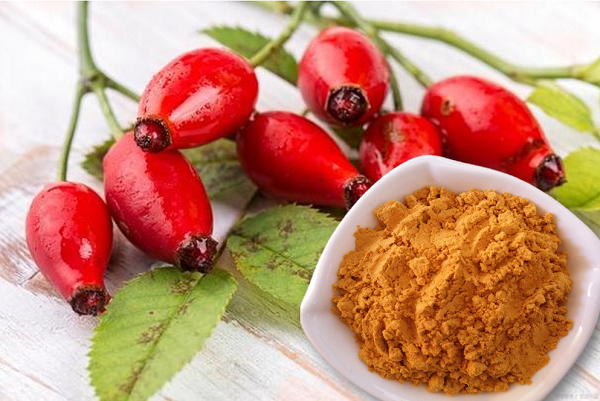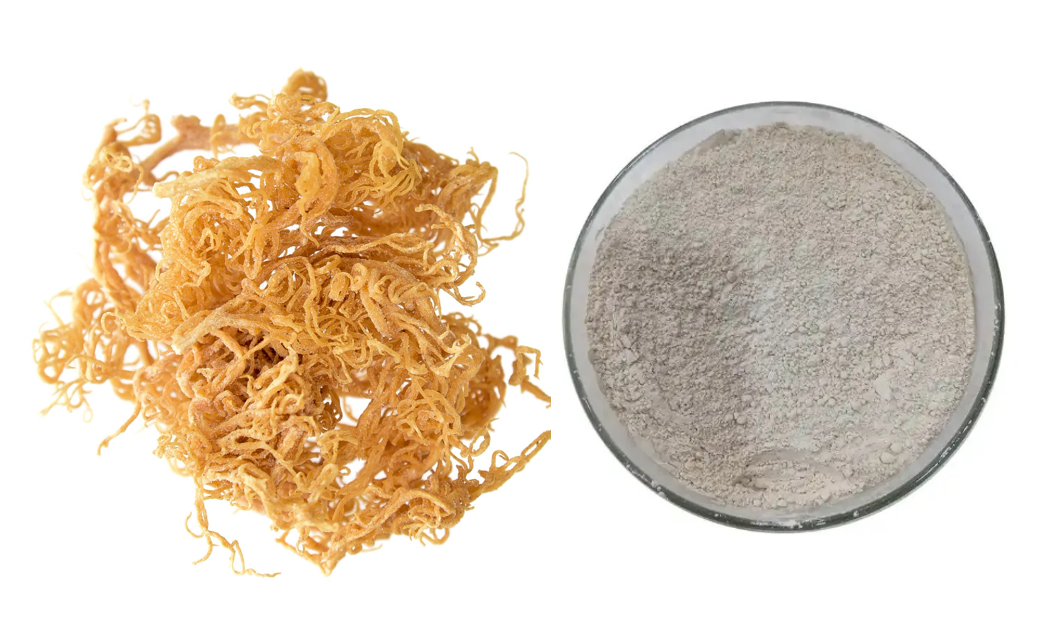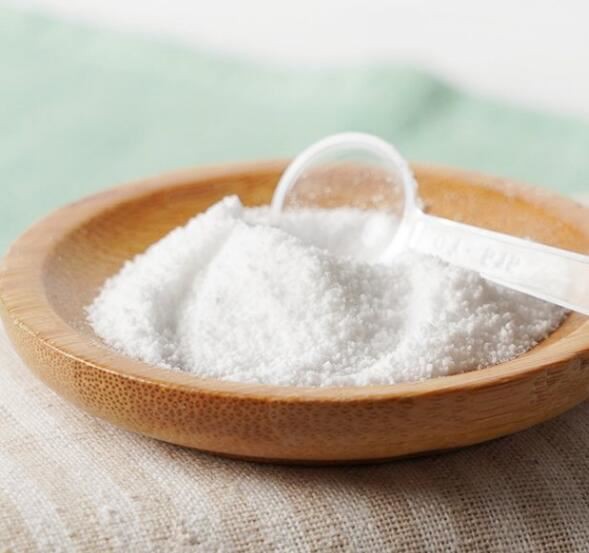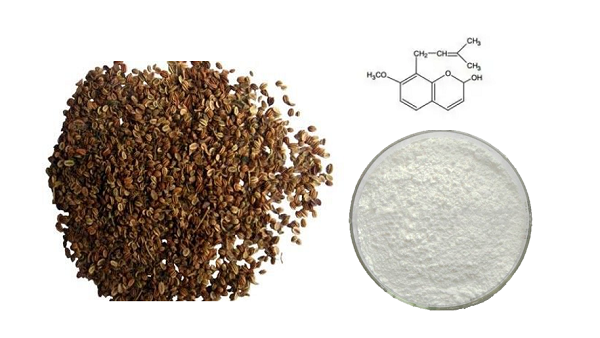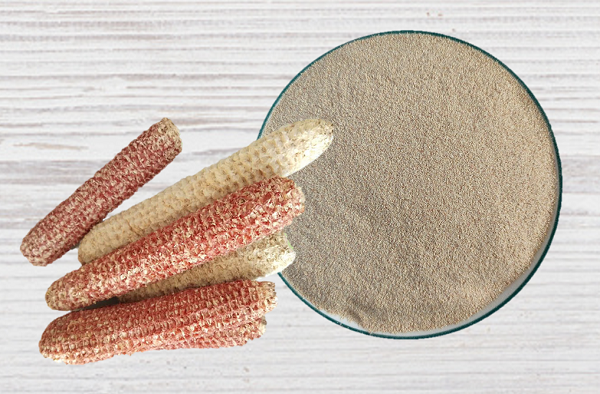Follow Us:
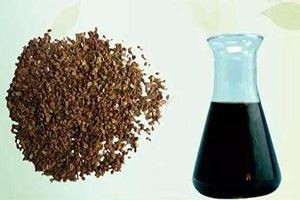
Botanical Pesticide – Osthole
Plant-derived pesticides refer to pesticides whose active ingredients are derived from plants. Plant-derived pesticides have the advantages of being environmentally friendly, generally low in toxicity, and not easy to cause disease and insect resistance in the prevention and control of crop diseases and insect pests. With the improvement of people’s living standards and the enhancement of environmental protection awareness, people are paying more and more attention to the negative effects of pesticide use. Aiming at the current situation of excessive investment in chemical and agricultural materials, deterioration of environmental quality, backward processing of pesticides, and excessively high residues after use. From the perspective of sustainable development of agriculture, efficient use of resources, environment and food safety, it is of great significance to develop green pesticides with high biological activity, low toxicity and good environmental compatibility-plant-derived pesticides.
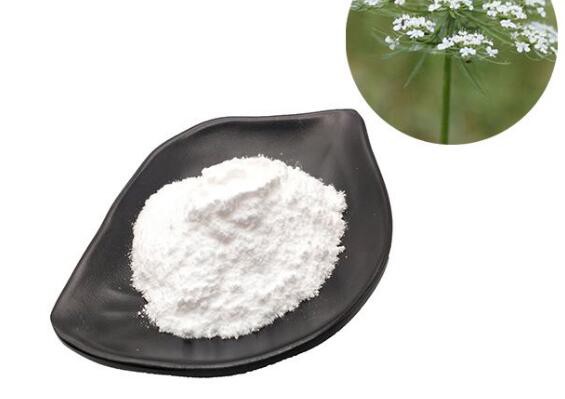
Osthole has a pesticide-active gene-isopentene structure, which exhibits unique insecticidal and antibacterial activity. Studies have shown that Osthole not only has an effect on cabbage caterpillars, diamondback moths, aphids and other pests and noctuid eggs, but also on plant pathogenic fungi such as cucumber powdery mildew, grape downy mildew, capsicum phytophthora, wheat head blight, etc. Significant inhibition.
Osthole, as a botanical pesticide, features: safe, environmentally friendly, organic and green, with broad-spectrum, high-efficiency, low-toxicity, and no residue. At the same time, it also has the effect of keeping green and prolonging the function period of leaves.
Source plant
Cnidium is also known as wild fennel, wild carrot seeds, snake rice, snake chestnut, etc. It is the dried and mature fruit of Cnidium monnieri, a plant of Apiaceae in the Umbelliferae family. Cnidium is an annual herb. It loves a warm and humid environment, is not afraid of severe cold and drought, and has wide adaptability. It is distributed in East China, Central and South China and other regions.
chemical composition
The main chemical components of Cnidium are coumarins and volatile oils, as well as triterpenoids, glycosides, sugars and other compounds. Among them, coumarin compounds are the main components of Cnidium serrata to exert pharmacological effects. 48 kinds of coumarin compounds were isolated and identified, including 22 simple coumarins and 9 linear furanocoumarins. Among them, the content is relatively high. There are 6 coumarin compounds commonly used for chemical detection and identification, namely Osthole, Imperatorin, Isopimpinellin, and Xanthotoxin (Xishhotoxin), Bergaptene and Isoimperatorin.
Studies have shown that the coumarin compound in Cnidium monnieri has a variety of biological activities, including antibacterial, anti-inflammatory, anti-tumor, anti-osteoporosis, etc. It can also be used as a biological pesticide. We use Osthole as an effective ingredient for quality control.
Physical properties
The low content is brown extract and yellow-green powder, and the high content is white needle-like crystalline powder. Soluble in alkali solution, methanol, ethanol, chloroform, acetone, ethyl acetate and boiling petroleum ether, etc., insoluble in water and petroleum ether, mp.83℃~84℃,bp.145℃~150℃.
Quality Control
① Chromatography (high performance liquid chromatography: thin layer chromatography; gas chromatography) ② mass spectrometry (liquid-mass spectrometry) ③ spectroscopy (infrared, ultraviolet), atomic absorption ④ determination (physical constant determination; optical rotation determination; non-volatile matter determination; Loss on drying determination; Karl Fischer determination; evaporation or ignition residue determination) ⑤ analysis (content analysis; element analysis) ⑥ titration (acid titration; alkaline titration; coordination titration; non-aqueous titration; redox titration) ⑦ test (Mixed with water test; clarity test; various chemical reaction tests)
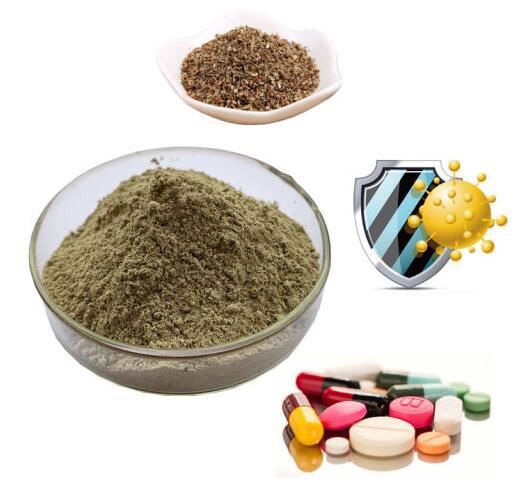
Product Usage
Osthole has a pesticide-active gene-isopentene structure, which exhibits unique insecticidal and antibacterial activity. Studies have shown that Osthole not only has an effect on cabbage caterpillars, diamondback moths, aphids and other pests and noctuid eggs, but also on plant pathogenic fungi such as cucumber powdery mildew, grape downy mildew, capsicum phytophthora, wheat head blight, etc. Significant inhibition.
Osthole, as a botanical pesticide, features: safe, environmentally friendly, organic and green, with broad-spectrum, high-efficiency, low-toxicity, and no residue. At the same time, it also has the effect of keeping green and prolonging the function period of leaves.
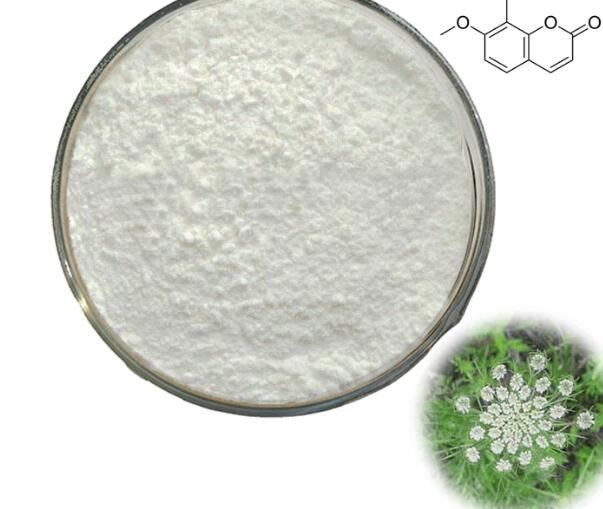
Insecticidal mechanism
Osthole insecticidal mechanism is manifested by inhibiting insect acetylcholinesterase, affecting the nervous system, leading to non-functional muscle contraction of the pest, and eventually exhaustion and death. The bactericidal mechanism is to inhibit the absorption of calcium ions, affect the growth of the bacteria and the germination of spores, and hinder the deposition of chitin in the cell wall of the bacteria. The main composition of noctuid egg villi is chitin. The effect of osthole on the noctuid egg mass is probably to dissolve the villi on the noctuid egg mass, reduce the adhesion of the egg, and reduce the hatching rate.
Scope of use
Vegetables, strawberries, grapes, flowers.
The main pests to be controlled: Plutella xylostella, Pieris rapae, newly hatched armyworm, citrus aphids, tea looper.













